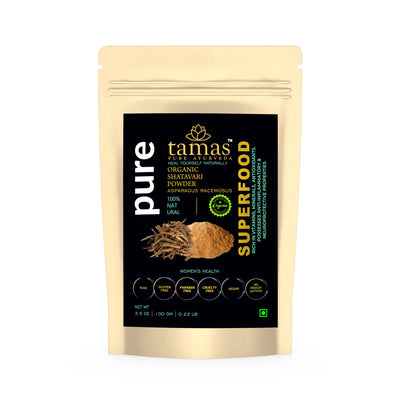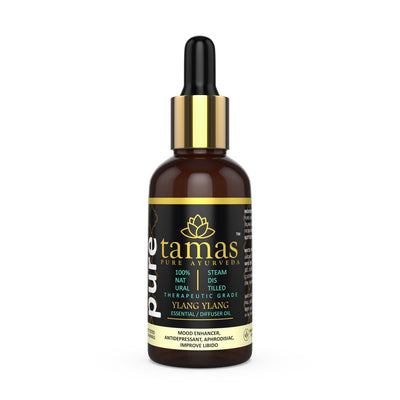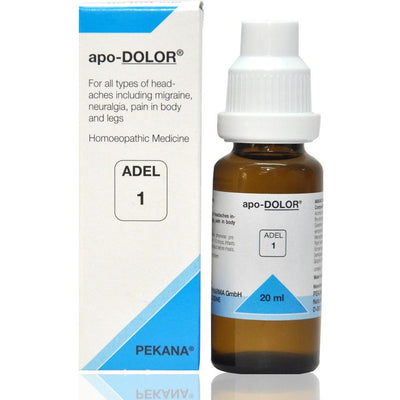
Maintain Healthy Bones, Naturally
Ostoact Tablet is a unique proprietary formulation designed to maintain healthy bones through optimal calcium and natural mineral supplementation. It is useful in osteoporosis and degenerative conditions of the bones. The Phyto-ingredients of Ostoact™ helps reduce bone fragility, improve bone strength & bone mineral density and restore normal composition of bones.
COMPOSITIONS:
Each OSTOACT™ TABLET is prepared out of:
Extracts of-
- Ashoka (Saraca asoca)……………………………………………………………………………………..250 mg
- Asthisringala (Cissus quadrangularis)……………………………………………………………….150 mg
- Renuka (Vitex agnus-castus)……………………………………………………………………………..150 mg
- Arjuna (Terminalia arjuna)……………………………………………………………………………….100 mg
- Bala (Sida cordifolia)……………………………………………………………………………………….100 mg
- Satavari (Asparagus racemosus)………………………………………………………………………..100 mg
- Pippali (Piper longum)……………………………………………………………………………………… 50 mg
- Kapartika bhasma (Calcinated cowry shell) ………………………………………………………..100 mg
- Laksha (Lac) …………………………………………………………………………………………………… 50 mg
Ostoact Tablet for Bone Health
The Ostoact Tablet is an ayurvedic formulation that uses the principles of Ayurveda to improve bone health. It is used to supplement minerals and calcium and helps maintain optimum bone health. The ayurvedic ingredients used in these tablets aid in restoring fragile and weak bones to an optimum state. This Ayurvedic medicine for osteoporosis is also prescribed by Ayurvedic doctors for other degenerative conditions of the bones. It has Vata pacifying properties.
Ingredient List
Ashoka (Saraca asoca)
The Ashoka tree is considered sacred and possess medicinal properties. Its bark and leaves are especially useful in the preparation of Ayurvedic medicines. Ashoka’s property of balancing Vata in the body makes it useful and as a popular Ayurvedic medicine for bones, as a natural mineral supplement and as natural iron tablets to increase bone density.
Asthisringala (Cissus quadrangularis)
This plant is a member of the same family as the grape. This herb is used in Ayurvedic treatment for osteoporosis for its properties of encouraging bone growth by being a natural calcium supplement.
Renuka (Vitex agnus-castus)
This is also called the chaste tree or the chaste berry and is used for its Dosha-balancing properties and its phyto-oestrogens to increase bone density.
Arjuna (Terminalia arjuna)
This component of Ayurvedic medicine is excellent at balancing Kapha, Vata and Pitta making it invaluable for good health and treatment of osteoporosis.
Bala (Sida cordifolia)
This herb aids in the strengthening of bones and increases bone density.
Shatavari (Asparagus racemosus)
This is an herb that has been in Ayurveda for its bone-strengthening properties.
Pippali (Piper longum)
This herb has properties of activating the Agni in a person thereby promoting good health.
Kapartika bhasma (Calcinated cowry shell)
This is nature's own calcium supplement that is used as an ingredient in Ayurvedic calcium tablets to improve the bone health of a person and increase bone density.
Laksha (Lac)
This ingredient is used to pacify and balance Pitta and Kapha as well as for its anti-oxidant and anti-inflammatory properties.
The skeletal system and bone problems:
Our bones are the framework upon which our entire body rests. The skeletal system is an intricate system that enables us to move and perform our day to day activities with ease. The bone structures of our body also serve to protect vital parts of our body and act as a mineral store. And the first inkling of trouble comes when we experience pain or difficulty with mobility and in most cases when a seemingly minor fall causes bones to break.
Bone loss is the primary cause of bone problems. Our bones are living tissues that break down and get replaced regularly as do other cells in our body. When we age, the process of replacement is slower than the breakdown which causes loss of bone tissue. This loss makes bones weaker though there are no visible signs of the same.
There are many factors that exacerbate bone problems. A diet that is low in calcium and vitamin D causes a calcium deficiency in the person. The habit of smoking causes a greater than usual calcium loss in the body. It has also been seen that alcohol intake increases the incidences of osteoporosis. Bones need regular exercise to stay strong and lack of physical activity makes them weaker. Bones can be weakened by certain medications as an undesirable side effect.
Ayurveda’s View Of Bone Problems
Ayurveda classifies the bodily tissues into seven Dhatus. Of the seven Dhatus, the Asthi Dhatu represents bones. The formation of this is through the flow of the Medhas Dhatu through the Purisha Dhara Kala where it is digested by the Asthi Agni thus forming the tissues of the bones and teeth. The Malas or the waste products from this process are the hair and the nails of the person.
There is a connection between the Purusha Dhara Kala and the Purisha or faeces which are produced in the large intestine also known as the Purishavaha Srota. We know that Vata or airy disorders in the large intestine it gives problems such as gas and constipation. We see that there is a parallel in the bony tissue where being more air-filled increases the porosity and reduces the density of the bones. The quality of the Asthi Agni is the primary factor in the health and quality of the bones in a person. A low Asthi Agni as seen in people of a Kapha nature causes the excessive production of the Asthi Dhatu making the bony tissue denser. A person who is more Pitta has a higher level of the Asthi Agni thereby making bony tissue that is not overly dense and also very active metabolically that causes a higher tendency to narrowing and inflammation of bones making them weak. A Vata person would have Asthi Agni that is very variable and produces thin and fragile bones. Common bone problems are usually a combination of these factors.
Bone problems can be easily diagnosed through standard medical testing. Ayurveda studies the state of the health of the bones by studying the Malas that are produced from the Asthi Dhatu. So, by determining the health of the teeth, hair and nails of the person, the Ayurvedic practitioner gets a clear picture of the state of the person’s bones. A deficiency of the Asthi Dhatu due to Vata vitiation naturally results in hair that is scanty and in worse conditions patchy. The nails of a poor Asthi Dhatu will be thin and easily breakable while the teeth would also be crooked or in a darker colour than normal. Kapha vitiation will result in excessive Asthi Dhatu causing thick dense hair, large, white straight teeth and thick nails. Pitta vitiation would make the nails yellow and the hair grey. It may also cause hair loss accompanied by weak nails.
Ayurveda aims to treat the Asthi Dhatu by balancing the Doshas in the body which is uniquely individual to each person. A Kapha dominant person will have a strong Asthi Dhatu by nature while the Vata person has the opposite. The Pitta person has an Asthi Dhatu that is somewhere in between the two extremes but when exposed to an inordinate amount of heat or coupled with a Vata imbalance causes bone problems.
The Asthi Dhatu can be brought to an optimum level by dietary measures. The Vata person would need to eat foods that are sweeter tasting to enhance the Earth element, This involves reducing leafy green vegetables and fruit intake while increasing the intake of nuts bones, grains and root vegetables. To balance excess Kapha Dosha, the opposite would be followed by increasing the intake of fruits and green leafy vegetables. One should increase the tastes that are pungent and bitter which can be achieved by the use of spices while not taking in too much fruit. A Pitta Dosha in the Asthi Dhatu would be balanced by reducing the Agni through a reduced intake of spices and oils and eating more cooling foods such as wheat, milk and grains.
Ayurveda advises that exercises must be used to strengthen the bones after determining the severity of the problem. When the bones are very fragile great caution must be exercised. Exercise should start mildly and be slowly increased.




















